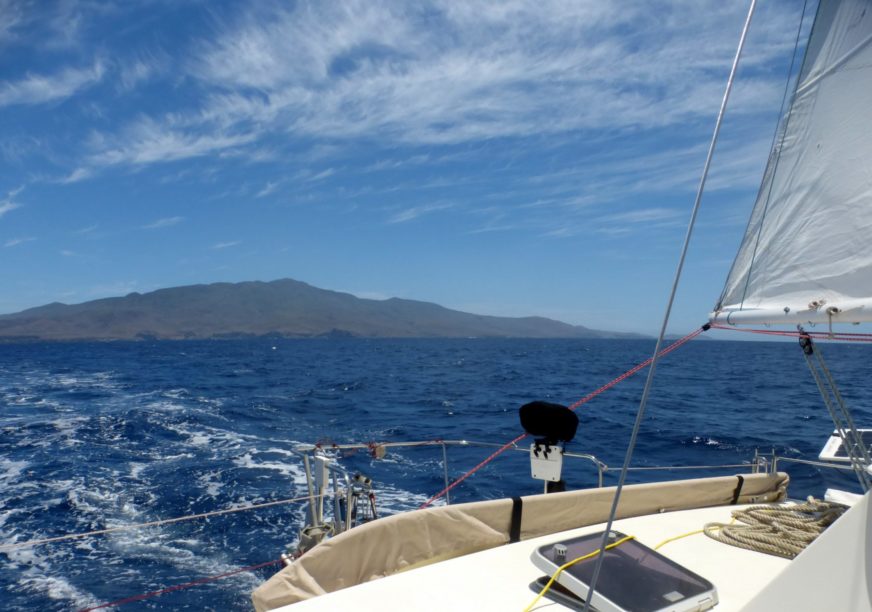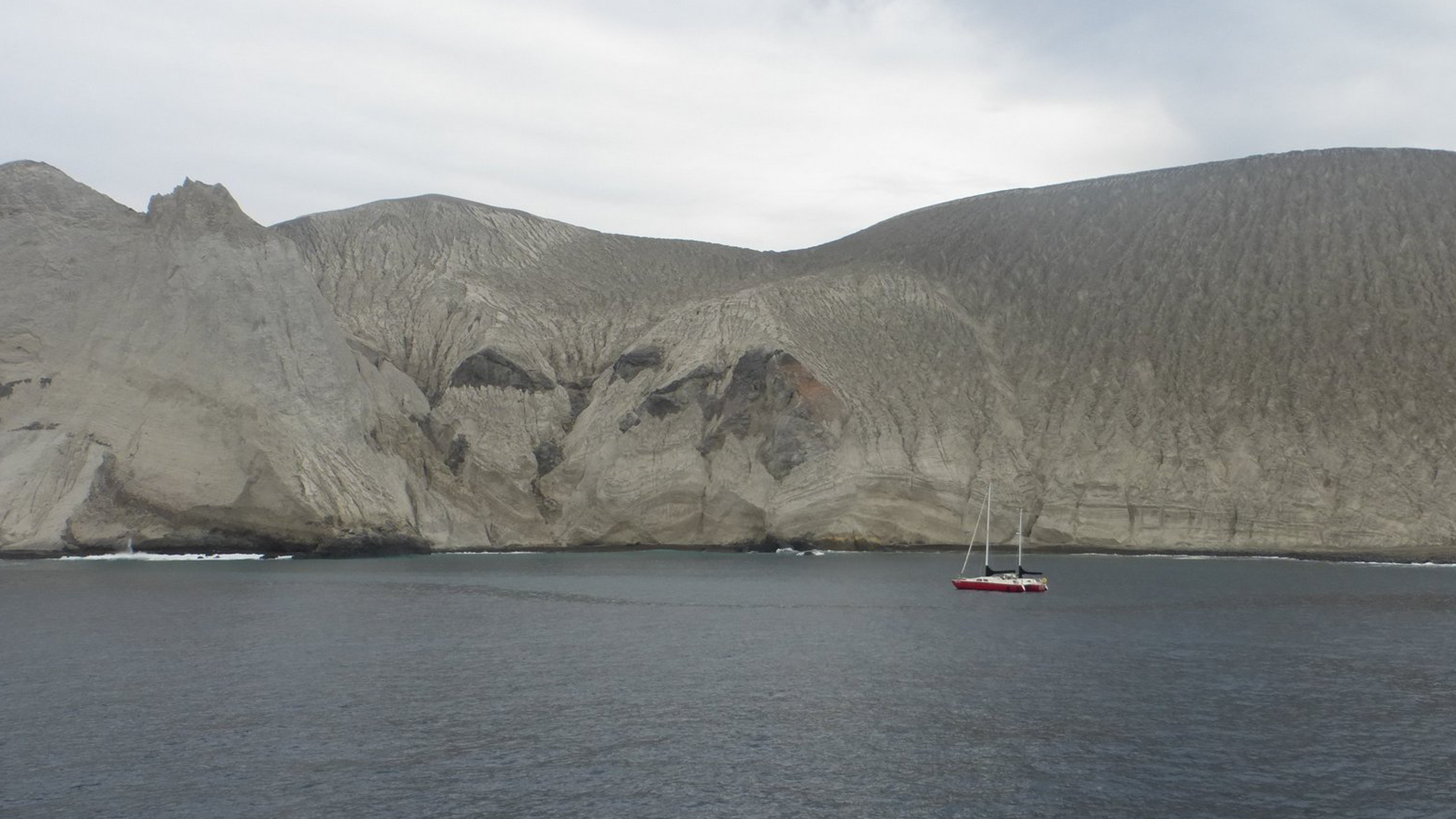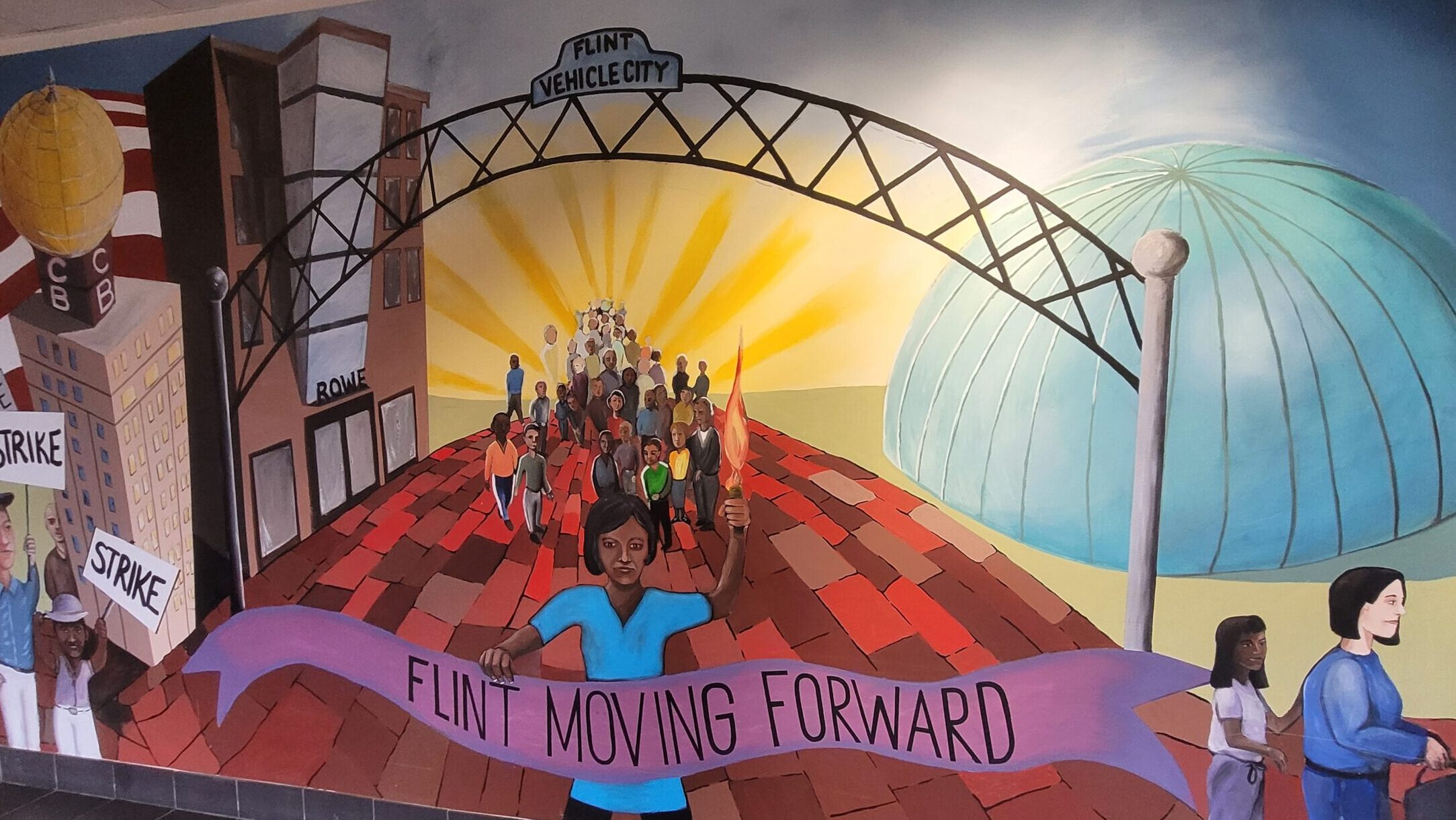May 5, 2019
Migration, a 46’ Trimaran 350 Miles off the West Coast of Mexico
My wife and I were cruising slowly downwind off the west coast of Mexico on our way to French Polynesia. Socorro Island, one of the Islas Revillagigedos, was 17 miles behind us; our destination, Ua Pou, 2,388 nautical miles ahead. We planned to be at sea for about three weeks, and Migration, our sailboat and home, was a bit sluggish, stuffed with more food and drink than she’d ever had aboard. A lot of it beer, wine, and spirits, because booze is really expensive in French Polynesia.
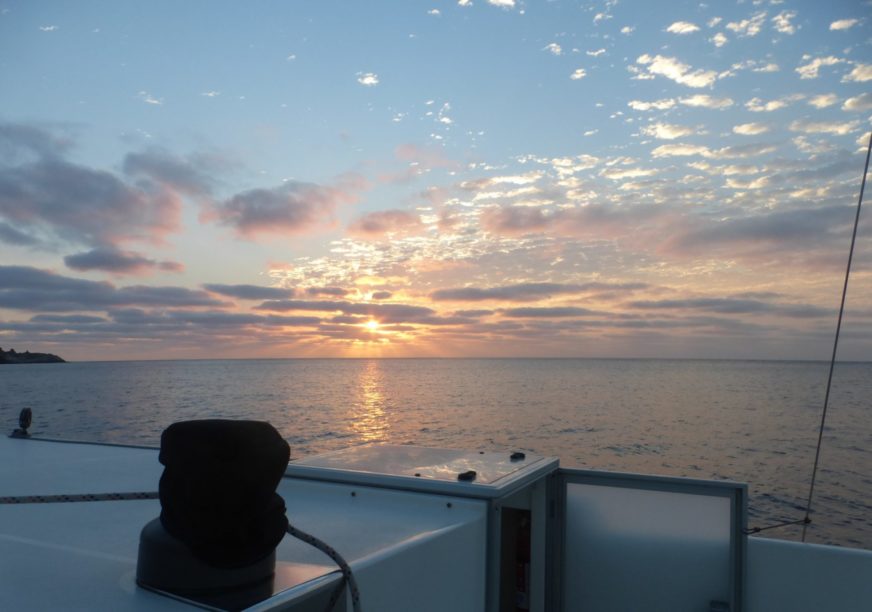
We’d been anchored in the Revillagigedos for three weeks. There are only three ways to get to these islands: to join the Mexican Navy and hope you’re assigned to the small naval station; pay big bucks for a week-long dive boat excursion out of Cabo San Lucas, 250 miles to the north; or sail here on your own boat. Once you arrive, you can’t step ashore; there are no support services of any kind, and your boat quickly turns grey as it is covered by ash blown from the slopes of the dormant volcanoes.
So why come?
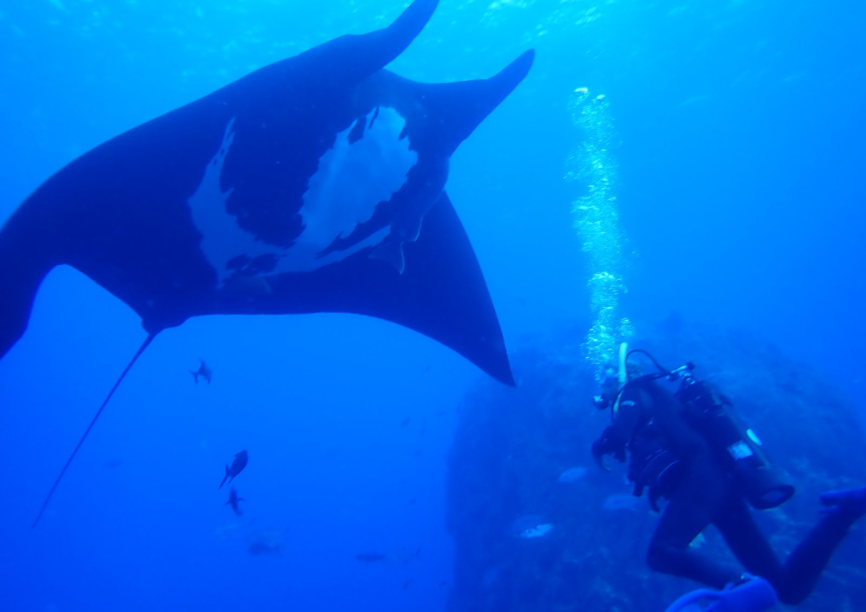
Manta rays. Giant oceanic mantas with 20-foot wingspans. But it wasn’t just a momentary glimpse of these beautiful pelagics that kept us in the water: They seemed to want us in the water with them! They have an entire ocean to swim in, while we are tiny dots in the vast liquid. Yet on so many dives, they came to us. First appearing as a hazy black line far out in the blue that slowly resolved into its graceful winged form, a manta would pass within reach of my fingertips, look me in the eye, and glide into the distance. Only to gracefully bank, and return. Again and again. Sometimes to stop and hover over my head, letting the bubbles from my regulator caress its belly.
Some days there were no mantas. But then there were sharks, dolphins, turtles, and whales. When our tanks were empty we would surface laughing and blubbering with pent-up joy—it’s hard to shout underwater.
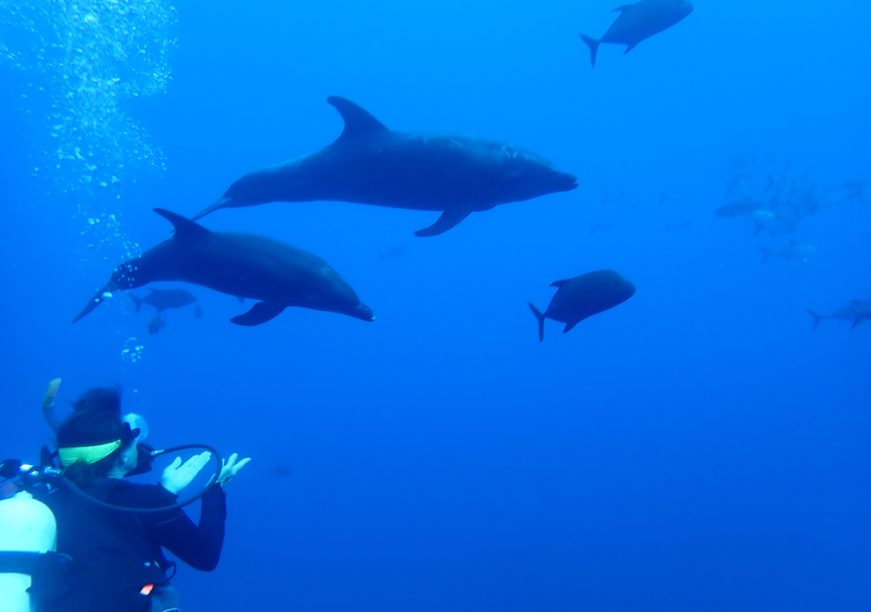
Diving at the Revillagigedos was one of the most remarkable and soul-touching experiences we’ve had along the 60,000 miles of ocean we’ve sailed in the last 14 years. We could have stayed for months. But hurricane season was approaching and it was time to begin our voyage to the Marquesas. When we woke up this morning, both of us were excited about the passage and felt Migration was ready, though low on her lines with Negra Modelos.
We headed southwest in a nice breeze. Fine sailing. Migration’s sails glowed almost white against the blue sky. The sea was calm and exuded that deep-water tropical blue you rarely see in northern latitudes. I mentioned to Alene that we will probably never dive here again; we’re heading far away and have no plans to return. “I could stay in Mexico a whole year just to dive with those mantas again.”
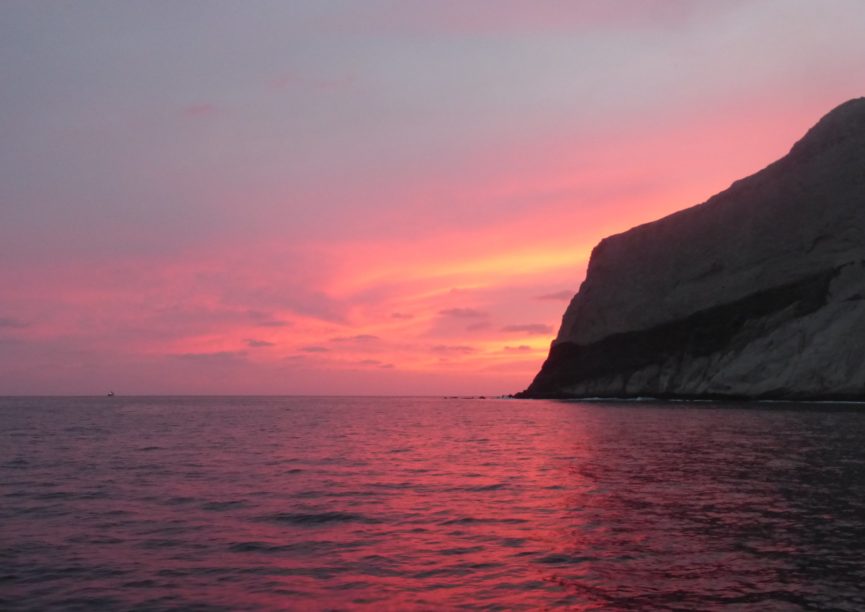
I’d mentioned this yesterday, but Alene didn’t think I was serious. Now, realizing I meant it, new possibilities opened that she hadn’t considered.
But how could we change our plans? We sailed over 20,000 miles from Thailand, via Japan and Alaska, just to return to French Polynesia. We spent a year preparing to cross the Pacific. We spent many days, pesos, and euros pursuing visas from the French Embassy. We purchased food and drink to last months and months. We’ve been looking forward to returning to Polynesia for ten years.
(How could we change our plans?)
People always think that if you live on a sailboat, you can go wherever you want, whenever you want. In reality, our lives are ruled by visas and weather. Visas because some countries only let us stay a short time. Weather because, well, hurricanes. We try to avoid those.
We discussed turning around for over an hour as we continued south. We talked about the pros and cons. Made a list. Rated each item. Added up the totals. Discussed some more. Flipped a coin. Weighed how we felt about the result (the coin said we should go). If we stay, we will have to repeat a year’s worth of preparations. If we go, will we ever look a giant manta in the eye again? If we stay, we’ll have to play hide and seek with hurricanes before returning to the Revillagigedos.
It is over 2,000 miles downwind to the Marquesas. It is 267 miles northward against the wind to reach the Sea of Cortez.
We can drink Negra Modelo anywhere.
But those mantas…
We spin the wheel. Adjust the sails. Head north.
